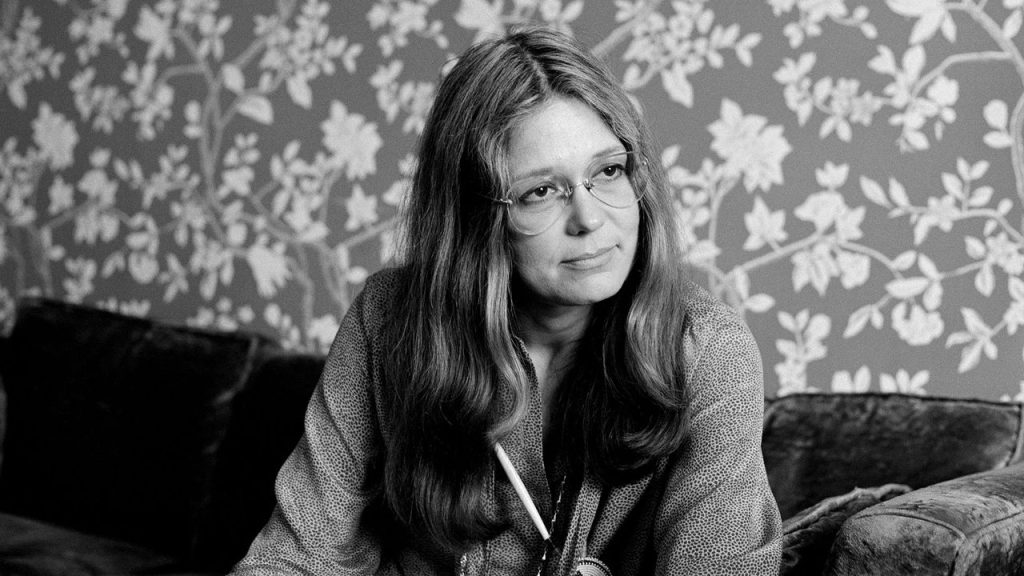
Trailblazing Women Who Broke Barriers in the Art World

Title: “Giant Women on New York”: Unearthing Feminist Legacies Through Monumental Art
Amid the art-saturated streets of Tribeca, James Fuentes Gallery has unveiled a compact yet emotionally and artistically massive exhibition titled Giant Women on New York. Drawing inspiration and its name from a series of pioneering works by feminist artist Anita Steckel, this fiercely evocative show brings together seven trailblazing women artists who helped define—and challenge—the art world during the mid-20th century. Presented through a carefully curated selection of single, standout works by each artist, the exhibit opens a radical window into the feminist art movement of the 1960s and ’70s.
The exhibition, on view through April 19, explores the nuances of female subjectivity, identity, and agency in a patriarchal landscape that often rendered women invisible. Its conceit—giant women disrupting the male-dominated skyline of New York—echoes Steckel’s famous imagery of women as skyscraper-sized figures looming over and reshaping urban space. With that metaphor as its touchstone, the show deftly reasserts the importance of feminist thought in contemporary art discourse.
Art as Rebellion
The original “Giant Women” series by Anita Steckel, created between 1969 and 1974, features enlarged female figures towering over New York City landmarks. These works flipped the power dynamic by inserting hyper-visible, unapologetically nude female bodies into spaces traditionally understood to symbolize masculine ambition and authority. Steckel’s satirical and sexually charged collages become both an assertion of self and a critique of systemic exclusion.
In “Giant Women on New York (Coney Island)” (1973), Steckel places a humorously erotic rendering of a reclining nude woman bearing her face across a bustling beach. The civilians below carry on, seemingly oblivious to her presence—commenting pointedly on the erasure of women’s contributions and identities in public space. Steckel’s humor masks a deeper lament: the woman has to become a surrealist godzilla to even be noticed, and still, the world looks away.
Female Gaze and Female Pain
The other artists showcased in Giant Women on New York contribute to this feminist framework with works equally resonant in their emotional and formal complexity.
Alice Neel’s “Ruth Nude” (1964) offers a candid, unidealized nude portrait of a woman with an exposed body and a distant gaze. Straddling vulnerability and detachment, the painting resists eroticization; instead, it poses as a psychological study rather than a subject of voyeurism. Neel’s composition reclaims artistic authorship of the female body without conforming to prevailing notions of beauty or male desire.
Juanita McNeely’s “Window Shadow: Chameleon on Woman’s Face” (1975) is a disturbing, high-anxiety image of a nude woman turned upside down, with a chameleon perched over her mouth—an unmistakable metaphor for silencing and submission. In a palette of purples and shadowy hues, the work uses stark contrasts to create a noir-like composition, channeling both physical danger and psychological terror.
Aesthetic Complexity Beyond Eroticism
In an era where depictions of intimacy and the female body were often measured by the male gaze, many of these feminist artists confronted and undid dominant tropes. Joan Semmel’s painting in the show takes a more sensual route, with two red-tinged bodies in embrace, layered beneath ghostly sketches of female forms. Yet, notably, Semmel’s rendering isn’t celebratory; the underlying expression is somber, perhaps disillusioned by the ephemerality and objectification that can accompany desire.
Martha Edelheit’s “Birds: A View from Lincoln Tower Terrace” (1974) offers a modified gaze. Using acrylic on canvas, Edelheit combines the natural and the human-made, painting a bird’s-eye perspective that blurs interior and exterior worlds. Her work whooshes with liberation, observing femininity outside the strictures of confinement—or perhaps seeking that vantage.
Reclaiming Space, Visual and Institutional
What’s remarkable about Giant Women is not just the masterful execution of each individual piece, but the broader dialogue the works sustain with one another. As cultural historian and curator Laura Brown organizes the display, the intent is not merely retrospective but reassertive: these women were, and remain, powerhouses whose influence has rippled through generations.
Artists like Nancy Spero, Louise Bourgeois, and Joan Semmel have received increased attention over the years, but others like Juanita McNeely and Martha Edelheit are still fighting for space in the historical canon. This exhibition functions as both homage and reparative gesture—a call to ensure their legacies are no longer constrained by institutional neglect.
Final Thoughts: Feminist Messages for the Present
In Giant Women on New York, the notion of “scale” operates metaphorically and